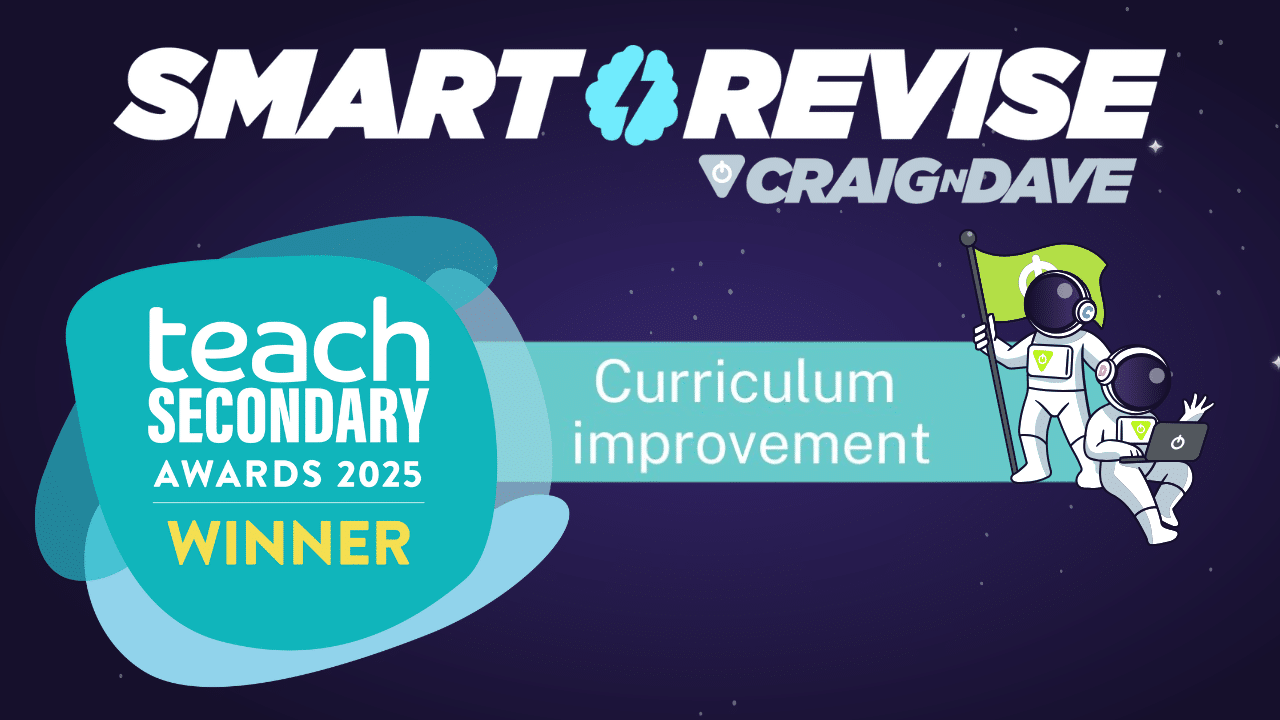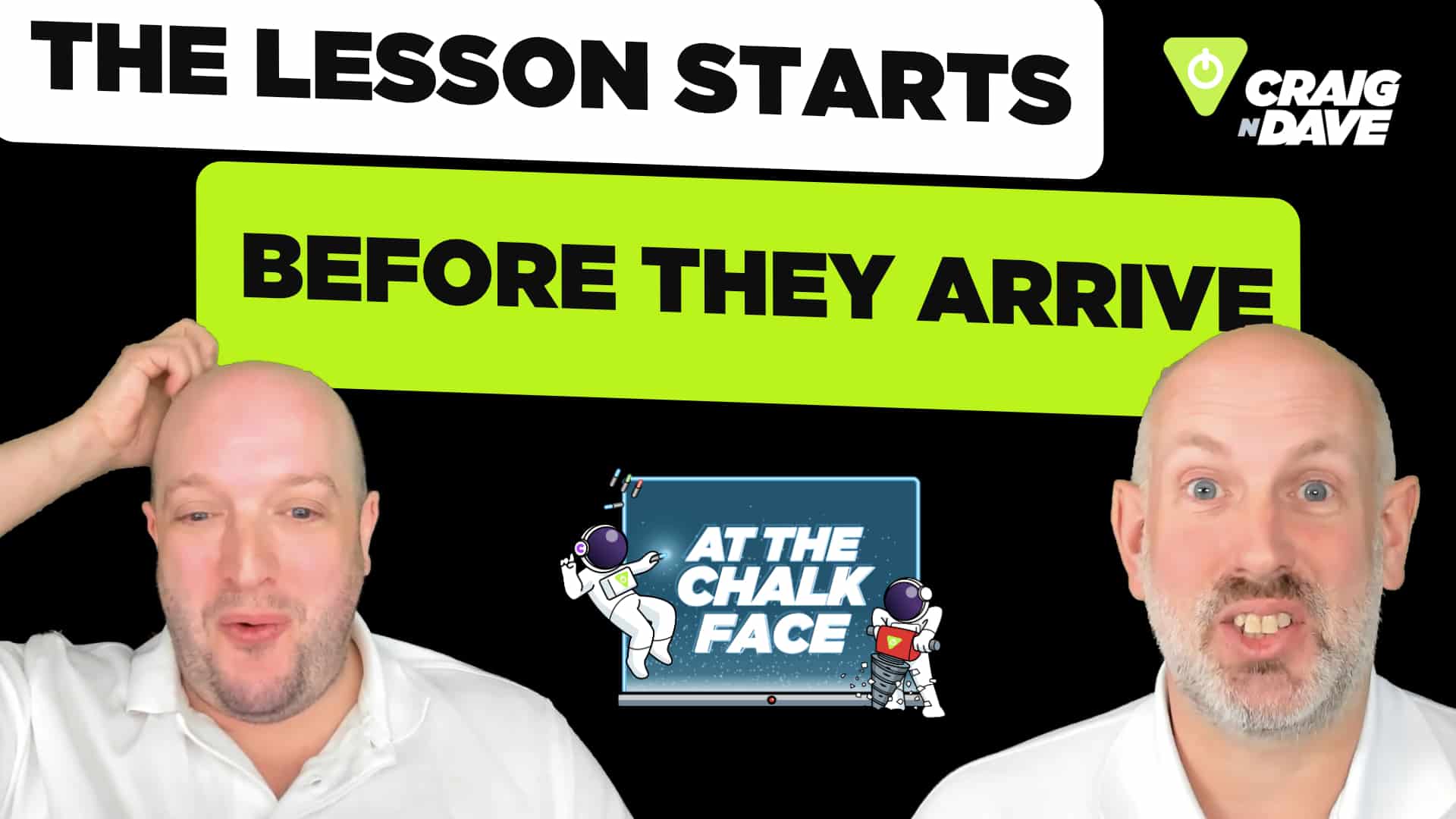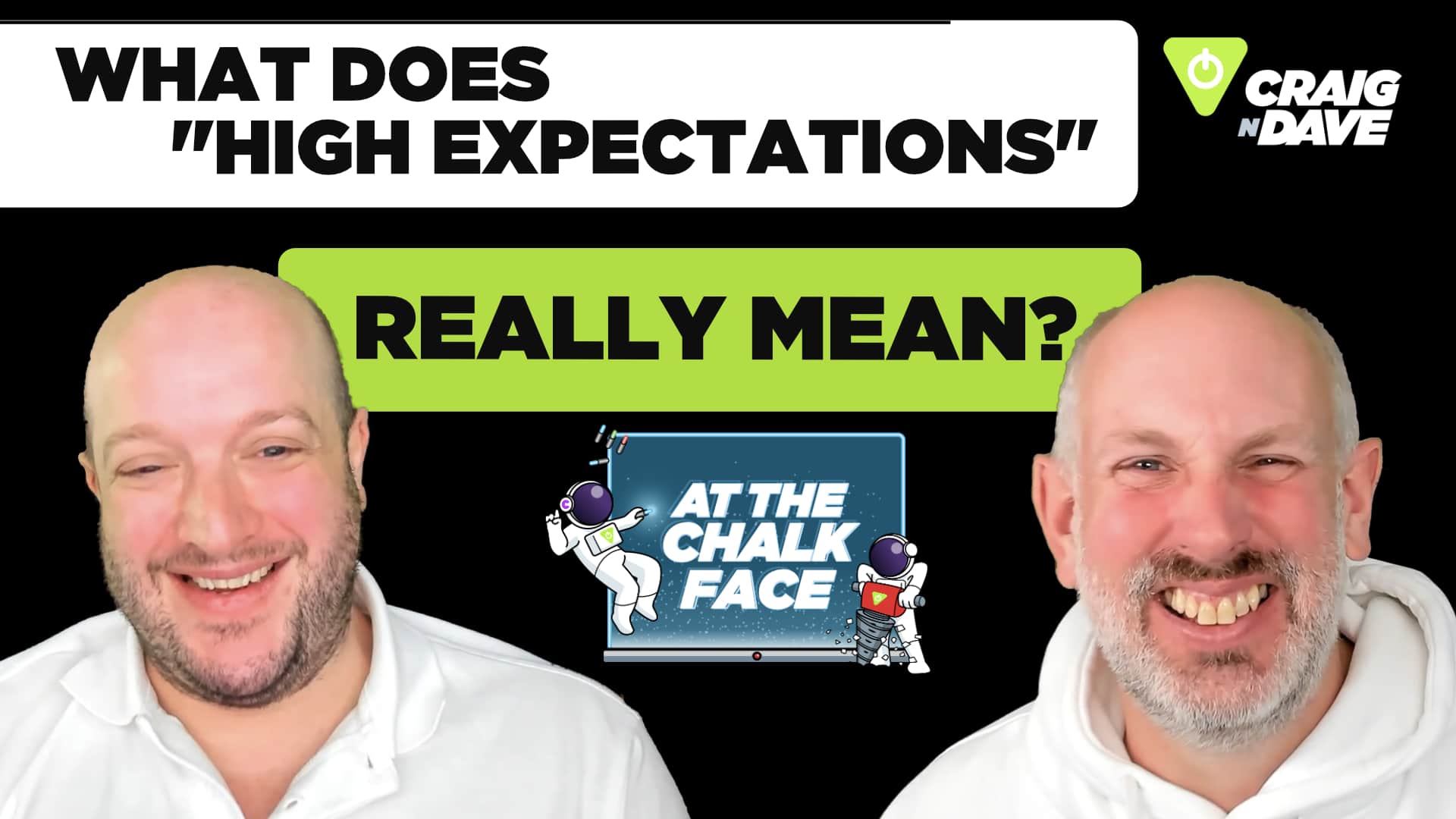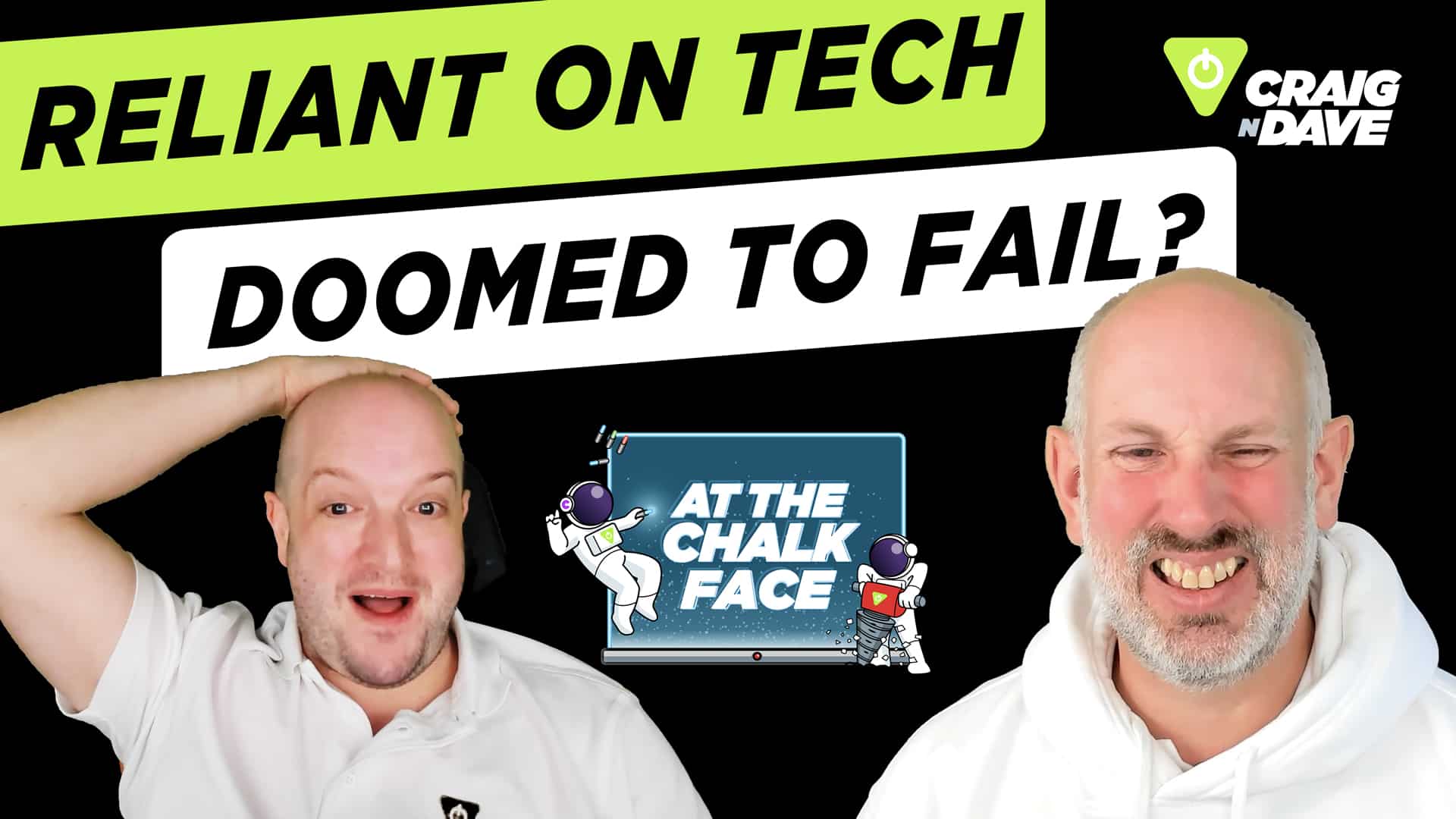
5 November 2024

What started as a non-profit dream has evolved into a tech giant worth a staggering $157 billion, raising questions about its original mission.
OpenAI’s humble beginnings
OpenAI – once a bold, altruistic initiative aiming to create artificial intelligence for the benefit of humanity – has undergone a dramatic shift.
Back in 2015, OpenAI set out with a noble goal: to make artificial intelligence accessible, safe, and beneficial for everyone. Spearheaded by influential figures like Elon Musk, it promised to use AI for the greater good, not just to line the pockets of the wealthy. Initially, a non-profit, OpenAI’s mission was simple: create AI that serves all of humanity, not just the elite.
However, the landscape changed quickly. By 2018, Elon Musk had left, citing concerns that the organisation was straying from its mission. Fast forward to today, and OpenAI’s once “open” nature seems a distant memory.
From non-profit to capped-profit
OpenAI’s transformation into a “capped-profit” organisation marked a significant departure from its non-profit roots. The company now walks a fine line between innovation and commercialisation, securing billions in funding from tech giants like Microsoft and Nvidia. While this has driven AI advancements, it’s also placed enormous pressure on OpenAI to monetise its technology, which risks sidelining its original vision.
Internal tensions and key exits
With the shift towards profit, OpenAI has faced growing internal conflicts. Safety researchers and AI developers, concerned that financial interests are outweighing ethical considerations, have begun to leave. Prominent figures, such as former CTO Mira Murati and Chief Scientist Ilya Sutskever, have stepped down, fuelling concerns about the company’s direction.
The critics speak out
One of the loudest critics has been none other than Elon Musk. From the sidelines, Musk has accused OpenAI of losing sight of its original purpose, claiming it’s now more focused on pleasing investors than safeguarding humanity from AI’s potential dangers.
OpenAI’s journey from non-profit idealism to a $157 billion behemoth leaves us wondering: has it lost sight of its mission, or is this just the price of progress? Let us know your thoughts in the comments!
Get Your Classroom Buzzing About AI!
Want to spark some lively discussions around AI? We’ve crafted some thought-provoking questions to fuel the conversation:
🤔 Why is the AI industry worth so much money and is it another dot com boom scenario?
💸 Should large language models be free to use, and if so how should they fund the servers, maintenance and electricity? If not, how should revenue be raised?
🌍 In what ways could AI create a new digital divide?
🧠 Can AI advance to a stage where it no longer requires humans?
These questions are sure to get students thinking critically and debating the future of tech!

If you’re curious to learn more, watch the Lesson Hackers video on OpenAI’s and how open it is Here.
For more Lesson Hacker Videos check out the CraignDave YouTube playlist HERE.
Visit our website to explore more cutting-edge tech-transforming news in the computer science world!










